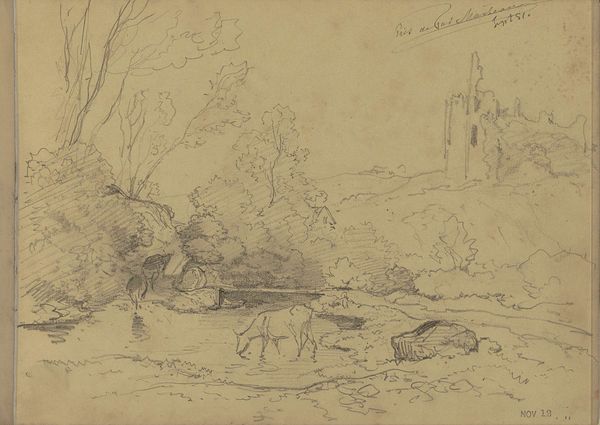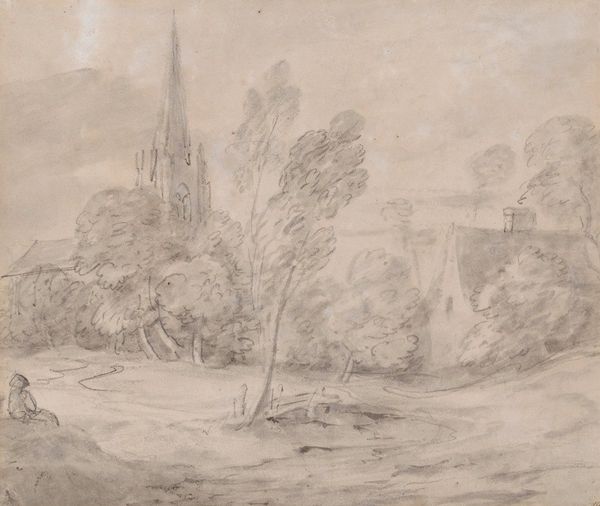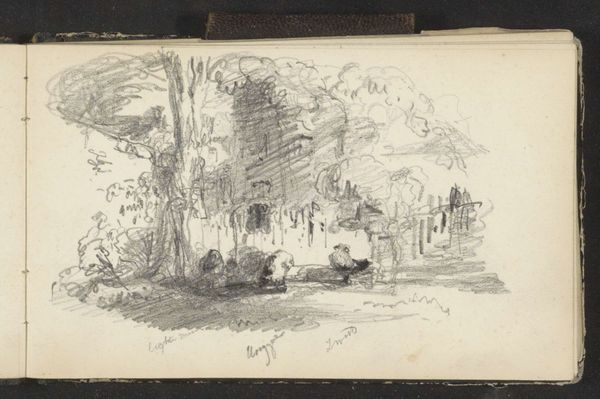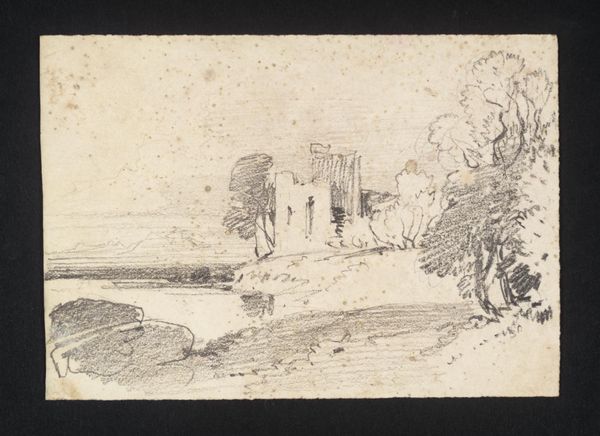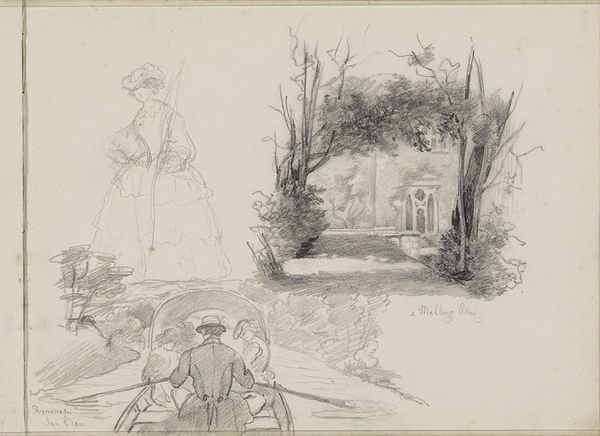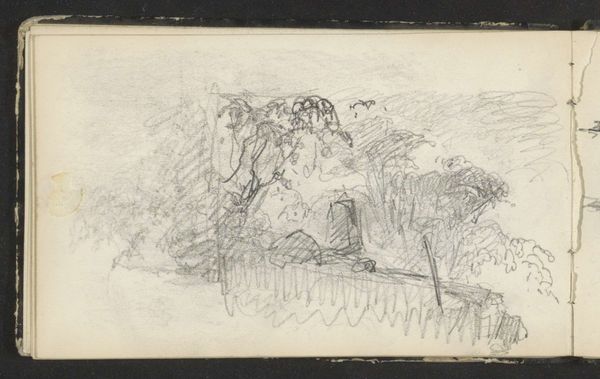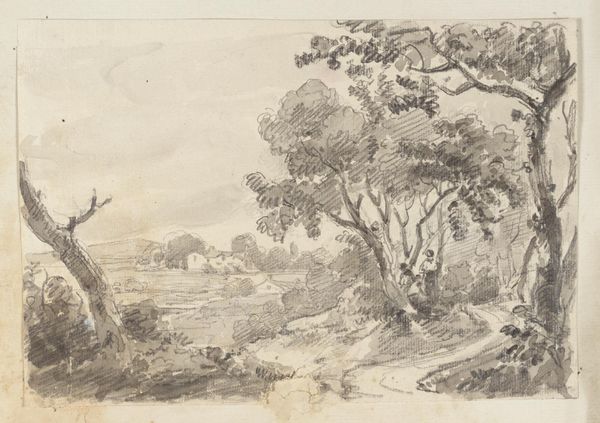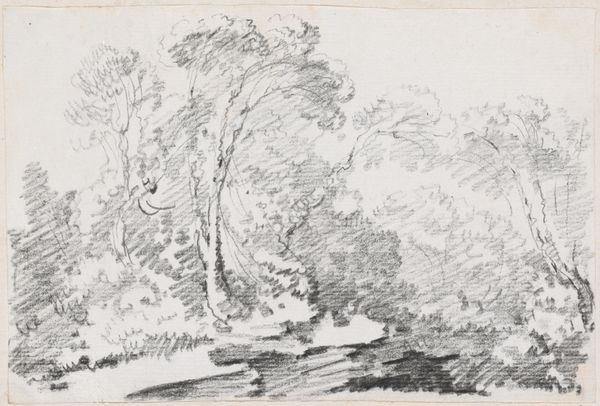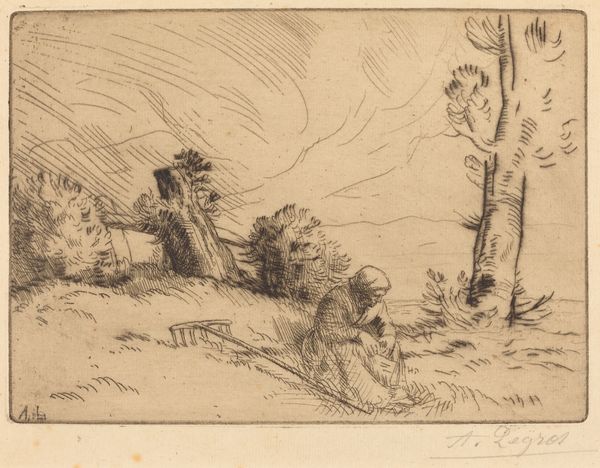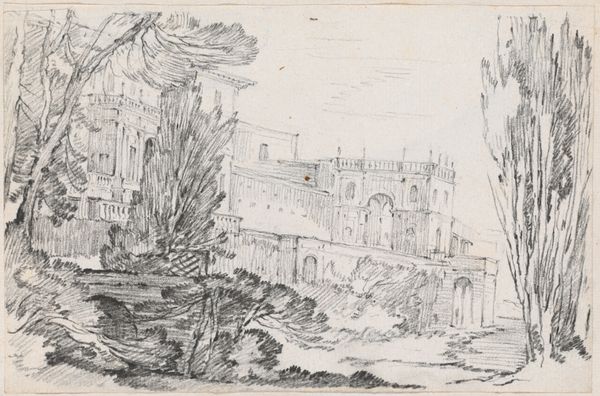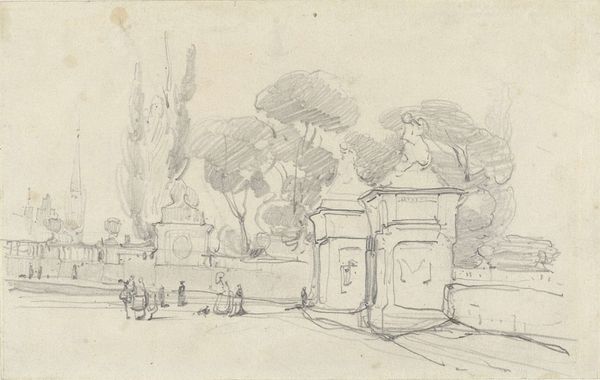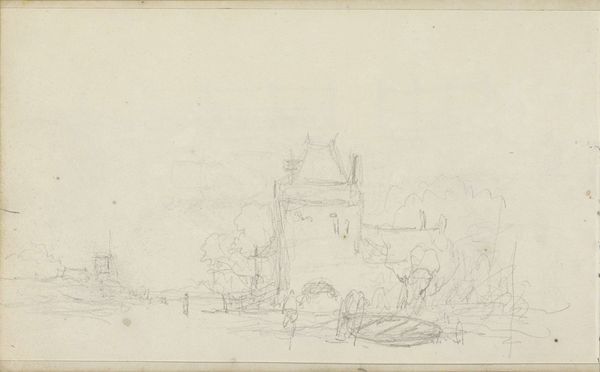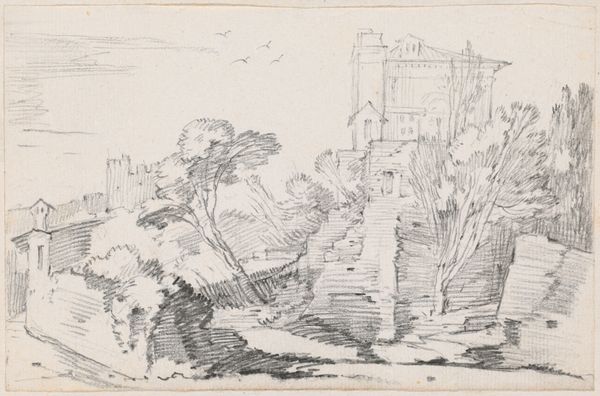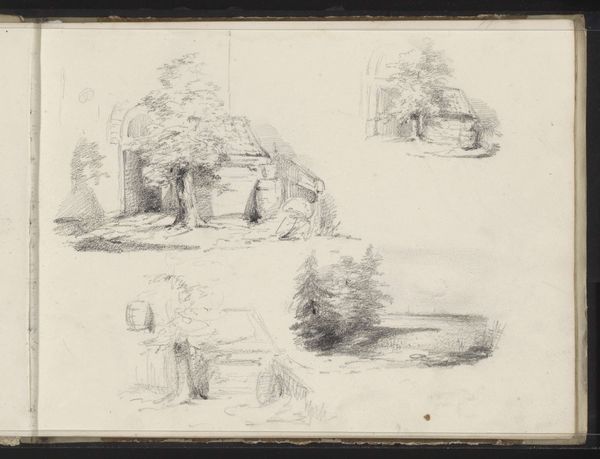
drawing, pencil
#
drawing
#
pencil sketch
#
landscape
#
pencil
#
realism
Copyright: Public Domain: Artvee
John Linnell sketched ‘Widecombe Village’ in pencil, likely during the early to mid-19th century. The work depicts a rural scene dominated by a church tower and lush foliage, capturing the essence of English village life that was rapidly changing. Linnell’s romantic approach, typical of his era, hints at the social changes occurring in England at the time. The Industrial Revolution was drawing people away from rural communities toward urban centers. Artists like Linnell helped establish the enduring myth of the idyllic countryside, offering a nostalgic counterpoint to the harsh realities of industrialization. The church, prominently featured, also speaks to the institutional role of religion in shaping community identity and moral values. Historians consult parish records, census data, and period literature to contextualize artworks like this. Such research illuminates the complex interplay between artistic representation and social reality, revealing the evolving values and anxieties of a society in transition.
Comments
No comments
Be the first to comment and join the conversation on the ultimate creative platform.
